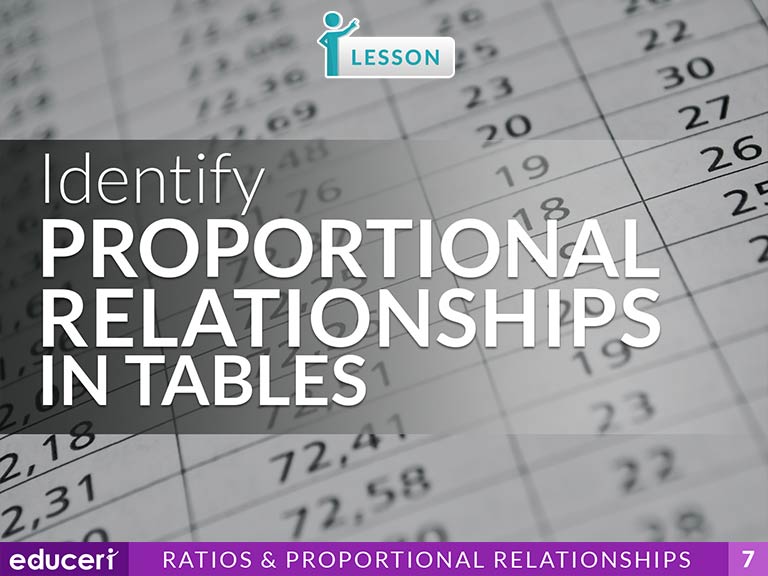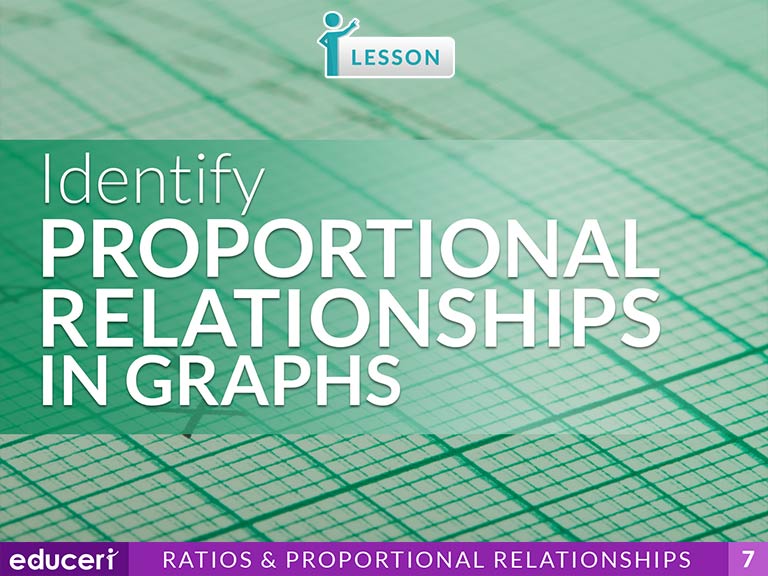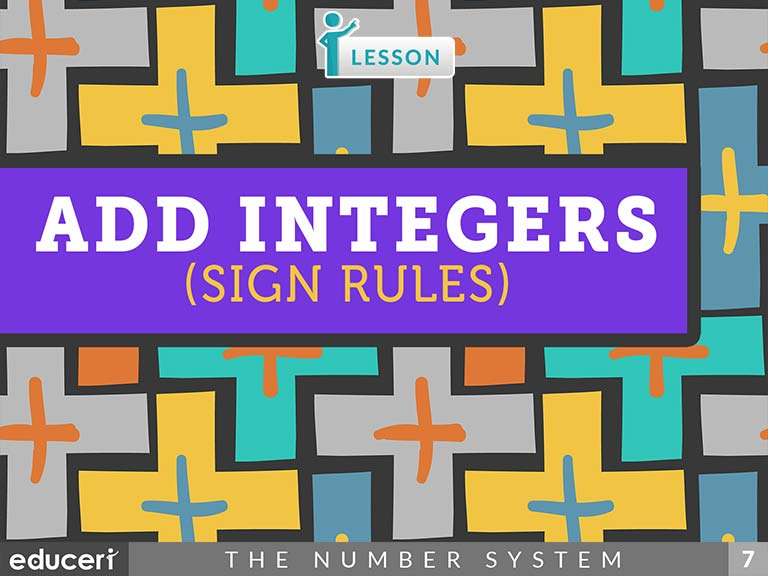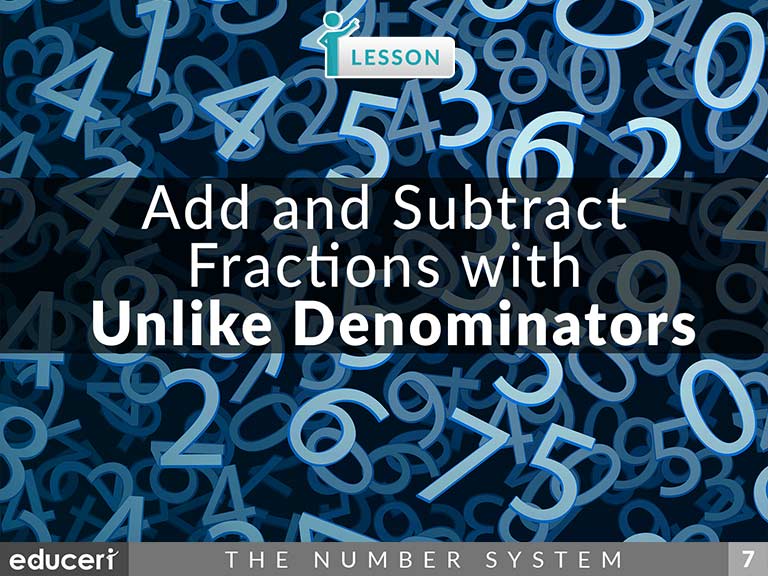All Lessons
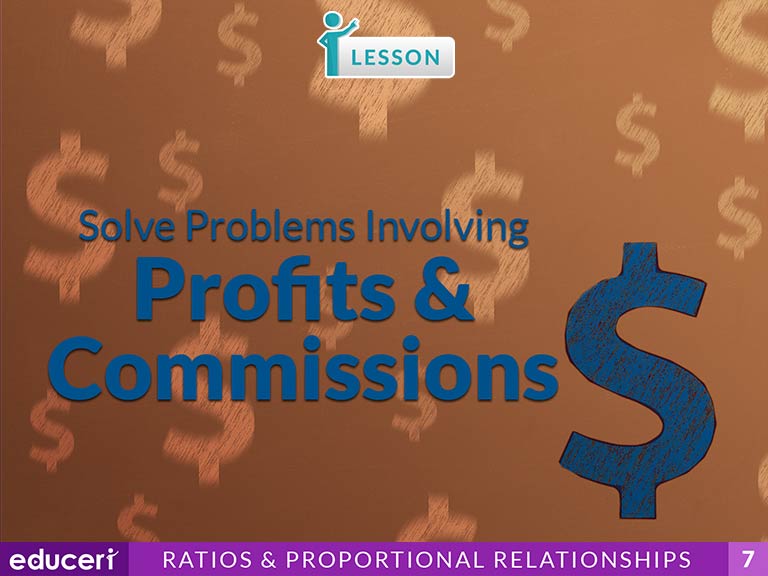
Solve Problems Involving Discounts, Profits, and Commissions
This number sense lesson focuses on solving problems involving discounts, profits, and commissions. The lesson includes research-based strategies and strategic questions that prepare students for assessments. In this lesson, students read the problem and identify the percent discount and original price, or percent profit and original cost, or percent commission and sale amount. Then, they calculate and interpret the discounted price, selling price, or commission. In addition to the lesson, there are eleven pages of Independent Practice and review with questions modeled after current adaptive testing items.
Share This Lesson

Calculate the Amount of Interest Earned
This number sense lesson focuses on calculating the amount of interest earned. The lesson includes research-based strategies and strategic questions that prepare students for assessments. In this lesson, students write the known values for the interest formula by converting the rate (percent) to a decimal and the time/term (t) to years, if needed. Then, they substitute the known values in the formula and solve simple interest. Finally, they interpret the answer in a complete sentence. In addition to the lesson, there are four pages of Independent Practice and review with questions modeled after current adaptive testing items.
Share This Lesson
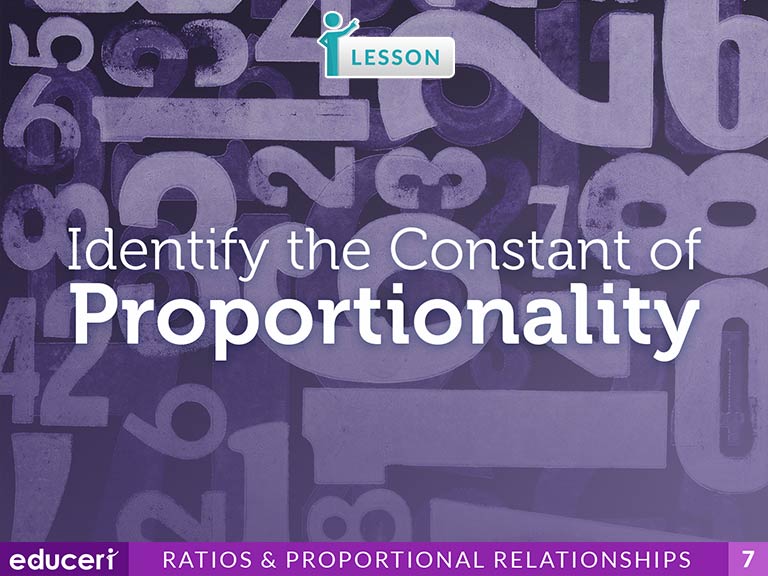
Identify the Constant of Proportionality
This algebra and functions lesson focuses on solving problems involving direct variation. The lesson includes research-based strategies and strategic questions that prepare students for assessments. In this lesson, students read the question and identify which two quantities have a direct variation. Then, they set up the direct variation equation, y=kx, and solve for the constant of variation, k, by substituting the known quantities. Finally, they write and circle the direct variation equation and use it to solve for the unknown quantity. In addition to the lesson, there are eight pages of Independent Practice and review with questions modeled after current adaptive testing items.
Share This Lesson
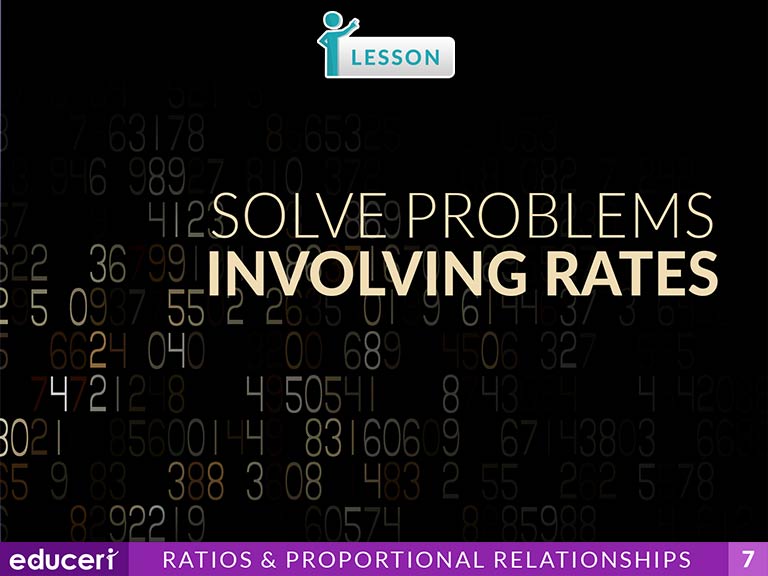
Solve Problems Involving Rates
This algebra and functions lesson focuses on solving problems involving rates. The lesson includes research-based strategies and strategic questions that prepare students for assessments. In this lesson, students read the problem and identify the known rate and any information about the unknown rate. Then, they set up a proportion using the known rate and the unknown rate. Finally, they solve for the unknown quantity by cross-multiplying and solving the equation, and then interpret the solution in a complete sentence. In addition to the lesson, there are four pages of Independent Practice and review with questions modeled after current adaptive testing items.
Share This Lesson
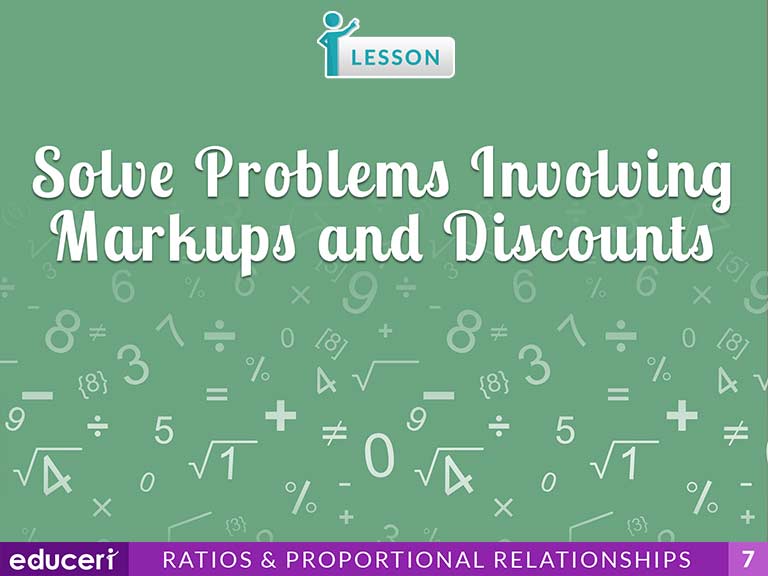
Solve Problems Involving Markups and Discounts
This number sense lesson focuses on solving problems involving markups and discounts. The lesson includes research-based strategies and strategic questions that prepare students for assessments. In this lesson, students read the problem, identifying the original price and the percent. Then, they identify if it is a markup or discount, and convert the percent markup or discount to a decimal number. Finally, they calculate the markup or discount in dollars and then calculate the final price. In addition to the lesson, there are four pages of Independent Practice and review with questions modeled after current adaptive testing items.
Share This Lesson
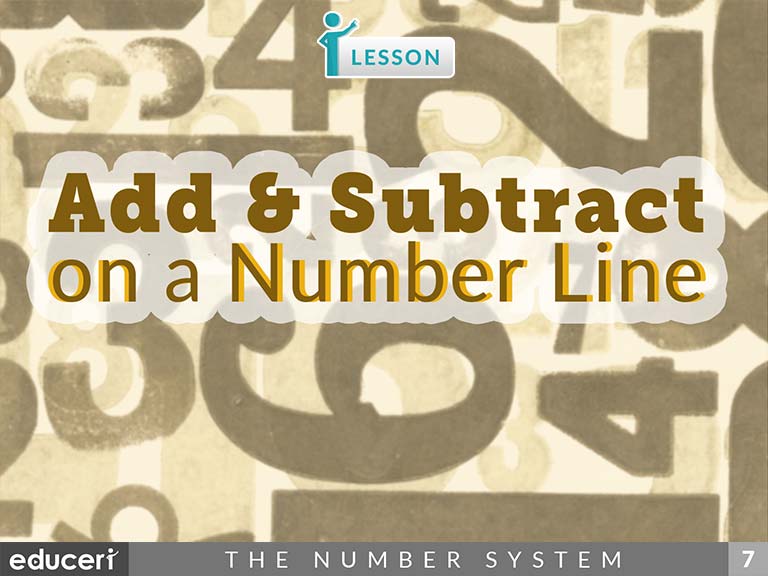
Add & Subtract on a Number Line
7.NS.1 Apply and extend previous understandings of addition and subtraction to add and subtract rational numbers; represent addition and subtraction on a horizontal or vertical number line diagram.
7.NS.1.B7.NS.1.B Understand p + q as the number located a distance |q| from p, in the positive or negative direction depending on whether q is positive or negative. Show that a number and its opposite have a sum of 0 (are additive inverses). Interpret sums of rational numbers by describing real-world contexts.
7.NS.1.C7.NS.1.C Understand subtraction of rational numbers as adding the additive inverse, p - q = p + (-q). Show that the distance between two rational numbers on the number line is the absolute value of their difference, and apply this principle in real-world contexts.
This number system lesson covers how to add and subtract on a number line. The lesson includes research-based strategies and strategic questions that prepare students for assessments. In this lesson, students first rewrite subtraction to add the opposite if needed. Then, they locate the first addend on the number line and move the distance of the second addend. Finally, they interpret the answer.
Share This Lesson
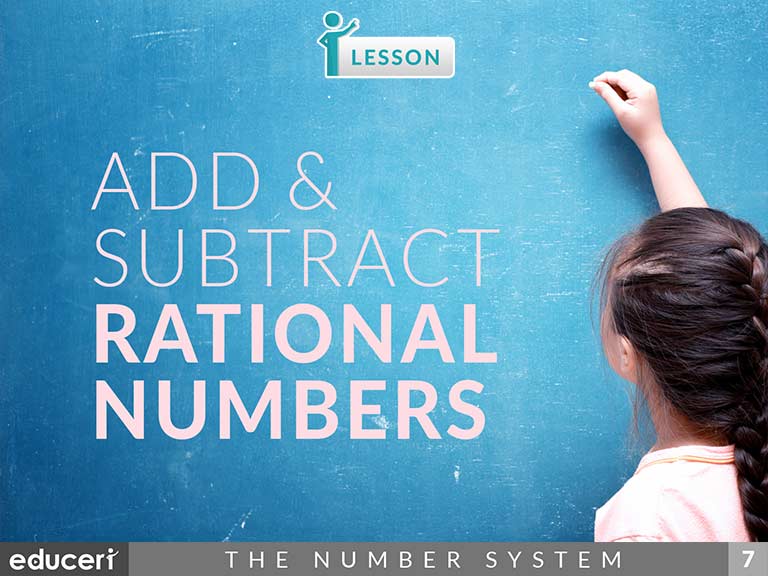
Add & Subtract Rational Numbers
7.NS.1 Apply and extend previous understandings of addition and subtraction to add and subtract rational numbers; represent addition and subtraction on a horizontal or vertical number line diagram.
7.NS.1.D7.NS.1.D Apply properties of operations as strategies to add and subtract rational numbers.
This number system lesson covers how to add and subtract rational numbers. The lesson includes research-based strategies and strategic questions that prepare students for assessments. In this lesson, students first rewrite subtraction to add the opposite if needed. Then, they determine which addition rule to use, apply it, and interpret the answer.
Share This Lesson
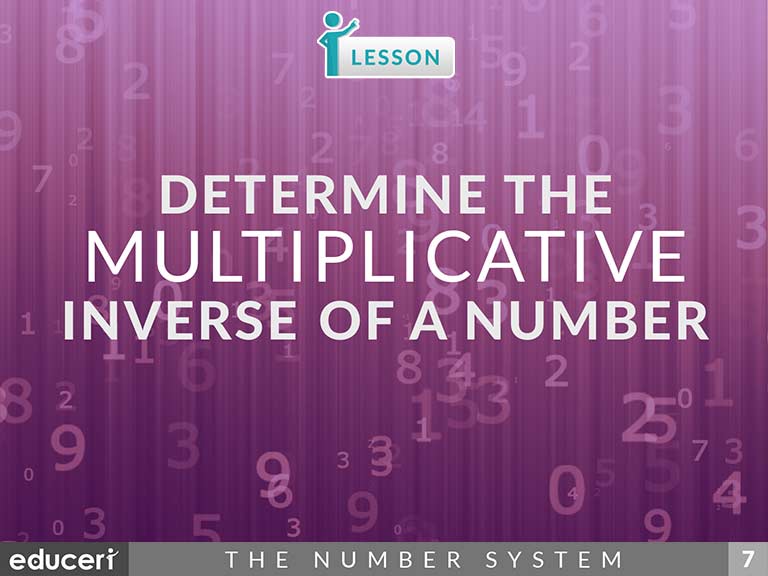
Determine the Multiplicative Inverse of a Number
(Y6) Select and apply efficient mental and written strategies and appropriate digital technologies to solve problems involving all four operations with whole numbers (ACMNA123)
ACMNA183(Y8) Carry out the four operations with rational numbers and integers, using efficient mental and written strategies and appropriate digital technologies (ACMNA183)
This number system lesson covers how to determine the multiplicative inverse of a number. The lesson includes research-based strategies and strategic questions that prepare students for assessments. In this lesson, students identify the given number, then determine its multiplicative inverse by switching the numerator and denominator. Finally, they interpret what it means, showing that a given number times it’s multiplicative inverse equals one.
Share This Lesson
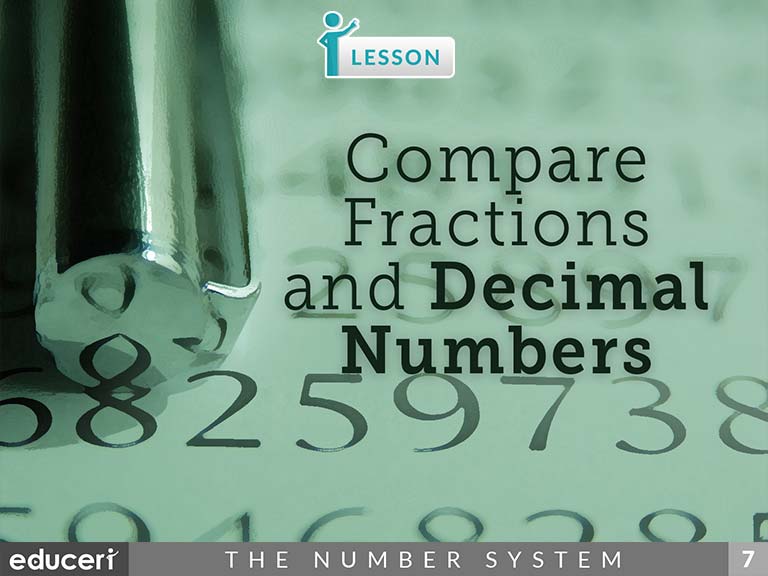
Compare Fractions and Decimal Numbers
This number sense lesson focuses on comparing fractions and decimal numbers. The lesson includes research-based strategies and strategic questions that prepare students for assessments. In this lesson, students change the fraction to a decimal number and line up the decimal numbers by place value. Then, they compare each digit starting from the left, noting whether the digits have the same value or if one is greater. Finally, they complete the number sentence, writing the correct comparison symbol. In addition to the lesson, there are four pages of Independent Practice and review with questions modeled after current adaptive testing items.
Share This Lesson
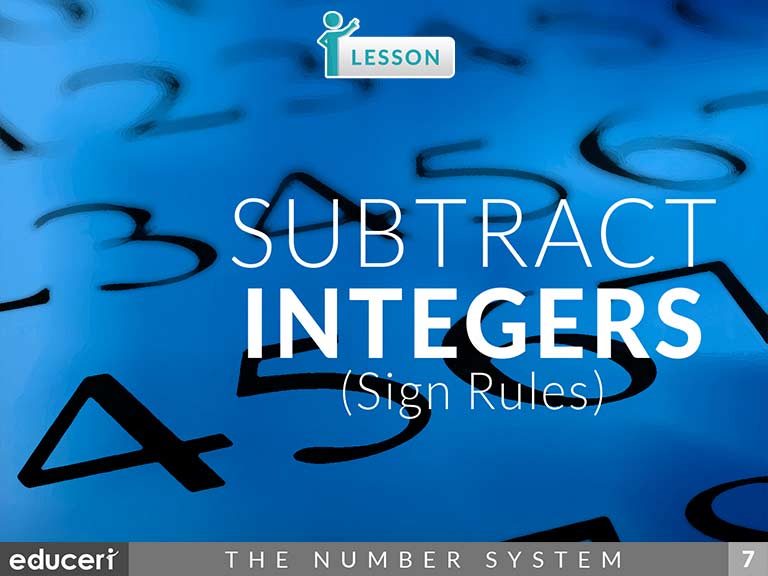
Subtract Integers (Sign Rules)
This number sense lesson focuses on subtracting integers. The lesson includes research-based strategies and strategic questions that prepare students for assessments. In this lesson, students read the problem and change the subtraction problem to add the opposite. Then, they use the given addition integer rules to solve, identifying whether the answer has the same sign or different sign. In addition to the lesson, there are four pages of Independent Practice and review with questions modeled after current adaptive testing items.
Share This Lesson
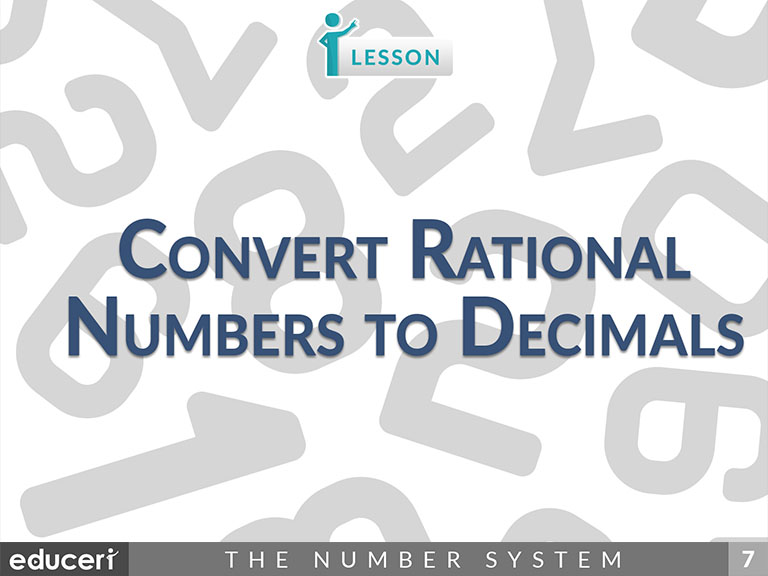
Convert Rational Numbers to Decimals
This number sense lesson focuses on converting rational numbers (as fractions) to decimals. The lesson includes research-based strategies and strategic questions that prepare students for assessments. In this lesson, students identify the numerator and denominator of the fraction. Then, they convert the fraction to a decimal by using long division to divide the numerator by the denominator, inserting placeholder zeroes until the division is complete, and aligning place values to correctly place the decimal point. Finally, they interpret the answer. In addition to the lesson, there are four pages of Independent Practice and review with questions modeled after current adaptive testing items.
Share This Lesson
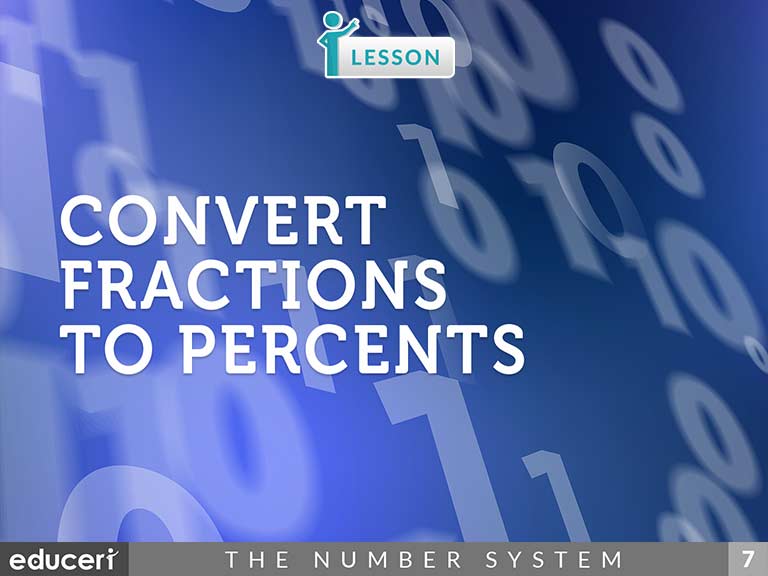
Convert Fractions to Percents
This number sense lesson focuses on converting fractions to percents. The lesson includes research-based strategies and strategic questions that prepare students for assessments. In this lesson, students set up an equation using the percent proportion and the given fraction. Then, they cross multiply and solve the proportion. Finally, they state their answer as a percent by using the provided sentence. In addition to the lesson, there are four pages of Independent Practice and review with questions modeled after current adaptive testing items.
Share This Lesson
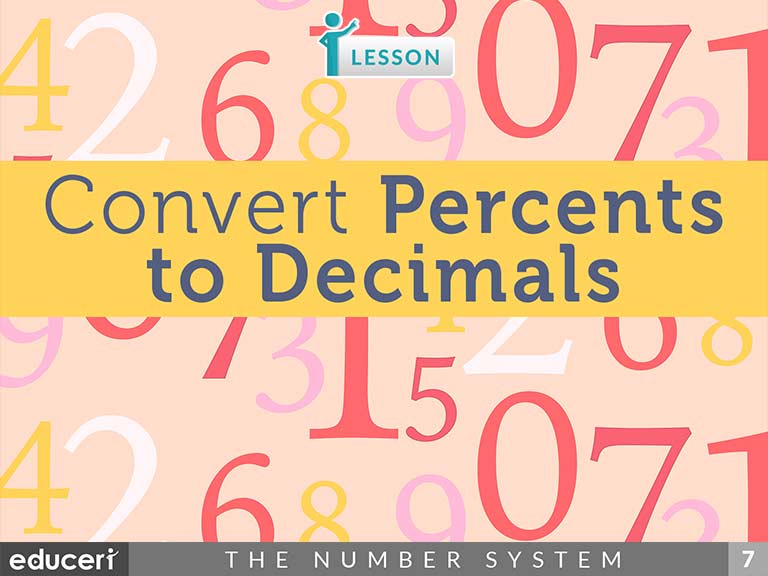
Convert Percents to Decimals
This number sense lesson focuses on converting percents to decimals. The lesson includes research-based strategies and strategic questions that prepare students for assessments. In this lesson, students rewrite the percent as a decimal by moving the decimal point two places to the left and removing the percent symbol. Finally, they interpret their answer. In addition to the lesson, there are four pages of Independent Practice and review with questions modeled after current adaptive testing items.
Share This Lesson
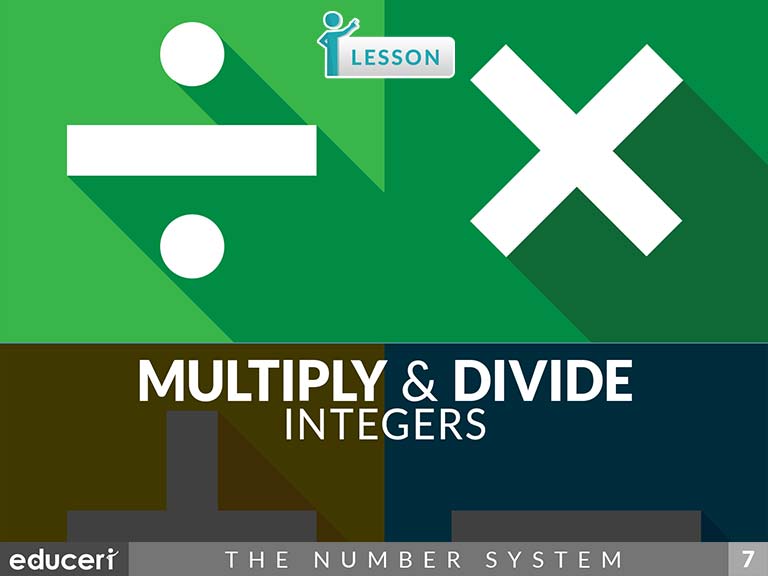
Multiply & Divide Integers
7.NS.2 Apply and extend previous understandings of multiplication and division and of fractions to multiply and divide rational numbers.
7.NS.2.A7.NS.2.A Understand that multiplication is extended from fractions to rational numbers by requiring that operations continue to satisfy the properties of operations, particularly the distributive property, leading to products such as (-1)(-1) = 1 and the rules for multiplying signed numbers. Interpret products of rational numbers by describing real-world contexts.
7.NS.2.B7.NS.2.B Understand that integers can be divided, provided that the divisor is not zero, and every quotient of integers (with non-zero divisor) is a rational number. If p and q are integers, then -(p/q) = (-p)/q = p/(-q). Interpret quotients of rational numbers by describing real-world contexts.
7.NS.2.C7.NS.2.C Apply properties of operations as strategies to multiply and divide rational numbers.
Share This Lesson
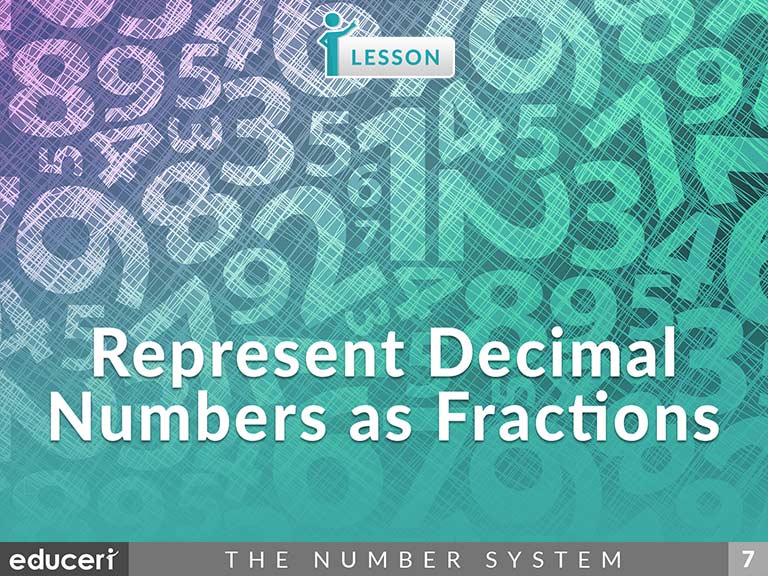
Represent Decimal Numbers as Fractions
This number sense lesson focuses on converting decimals to fractions. The lesson includes research-based strategies and strategic questions that prepare students for assessments. In this lesson, students convert the decimal to a fraction by placing the decimal value over 10, 100, or 1,000 as appropriate. Students then reduce the fraction if it is needed. In addition to the lesson, there are four pages of Independent Practice and review with questions modeled after current adaptive testing items.
Share This Lesson
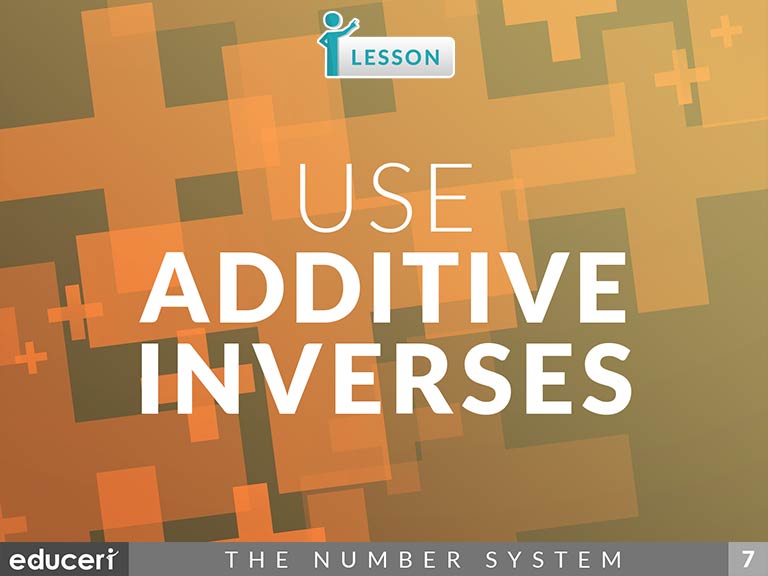
Use Additive Inverses
(B) Identify a number, its opposite, and its absolute value
6.7.D(D) Generate equivalent expressions using the properties of operations: inverse, identity, commutative, associative, and distributive properties.
(Y6) Investigate everyday situations that use integers. Locate and represent these numbers on a number line (ACMNA124)
ACMNA179(Y7) Solve simple linear equations (ACMNA179)
7.NS.1.A Describe situations in which opposite quantities combine to make 0. For example, a hydrogen atom has 0 charge because its two constituents are oppositely charged.
7.NS.1.B7.NS.1.B Understand p + q as the number located a distance |q| from p, in the positive or negative direction depending on whether q is positive or negative. Show that a number and its opposite have a sum of 0 (are additive inverses). Interpret sums of rational numbers by describing real-world contexts.
